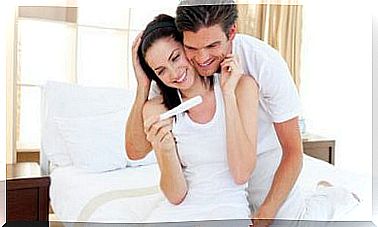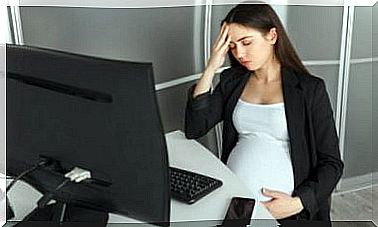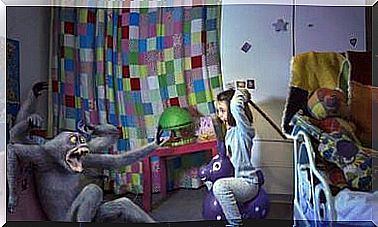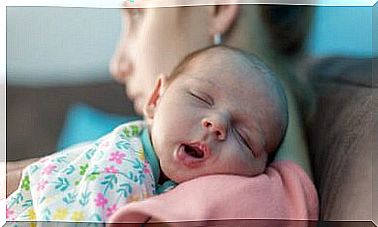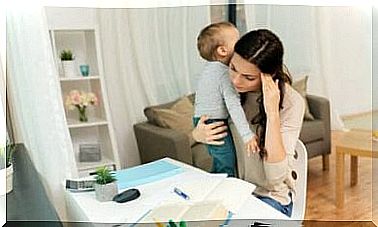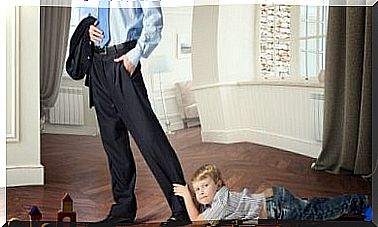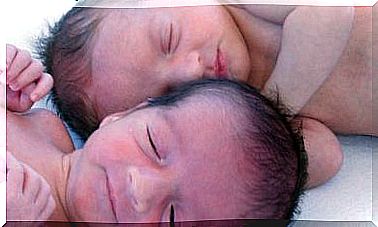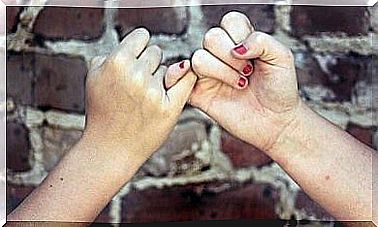The Baby’s Cradle: This Is How It Should Be
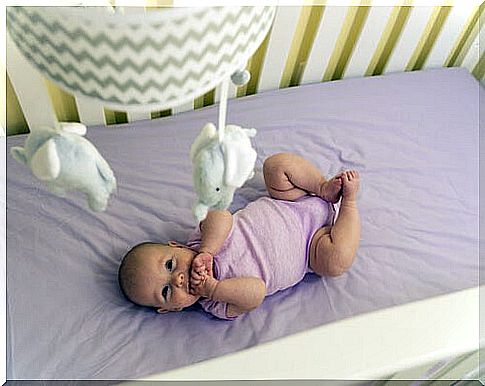
The baby’s crib must be safe and comfortable. Pediatricians recommend that it be spacious, comfortable, approved and stable. It doesn’t matter if it has a straight or rounded shape, the most important thing is that it is safe for the baby.
Furnishing the room of the child who is about to arrive is very exciting. Parents devote a lot of care to its decoration. But in addition to buying a crib that complies with baby safety regulations, it is important to consider many other aspects.
For example, the crib should be placed in an area of the room away from excessive sources of heat or cold, away from windows and in a place that is not exposed to drafts. Furthermore, it should not be placed under paintings, shelves or bookcases.
Remember that there must be no objects near the crib that could fall on the baby. Toys must be kept out of the baby’s crib. Furthermore, the paints, materials or decorations used in its manufacture must not be toxic.
The baby’s crib must be safe
It is very important that the cradle has an internal height of at least 60 centimeters between the deepest point and the railing. If it has bars, the distance between them should be between 4.5 and 6.6 centimeters. In this way the child will not be able to put his head between the bars and will prevent any limb from being trapped.
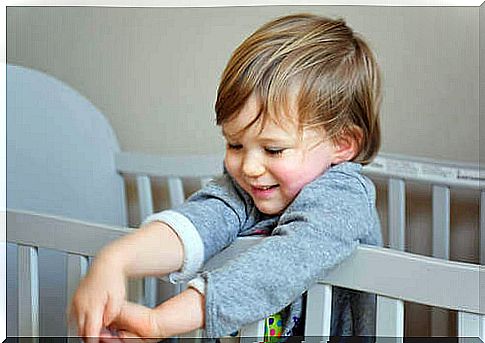
The cradle can have two or more wheels, but the important thing is that at least two can be locked. The cot mattress can be spring, latex or viscoelastic and its thickness should vary between 8 and 15 centimeters.
The distance between the mattress and the edges of the cot should not exceed two centimeters per side. In addition, the mattress must be firm (to prevent the baby from sinking into it), resistant and breathable.
Its measurements must be appropriate to the size of the cradle. A mattress that is too small can create spaces where the baby’s legs or arms can get stuck.
Pediatricians recommend putting the mattress inside a zippered cover and using a mattress cover. Today there are anti-mite covers and mattresses and hypoallergenic padded mattresses.
Up to the age of two, it is not recommended to use the pillow due to the risk of suffocation. After this age the pillow can be used as long as it is very flat.
Where to place the cradle?
You must never place objects near the crib that could fall into it. To decorate it, never use ribbons as they could pose a danger to the child. Also, toys should be kept out of the crib to prevent the baby from getting hurt.
Parents will decide whether the child will sleep in a separate room, in the same room with them or, sometimes, in the same bed where they sleep ( cosleeping ). These decisions will be made by practicing during the first few months of the baby’s life.
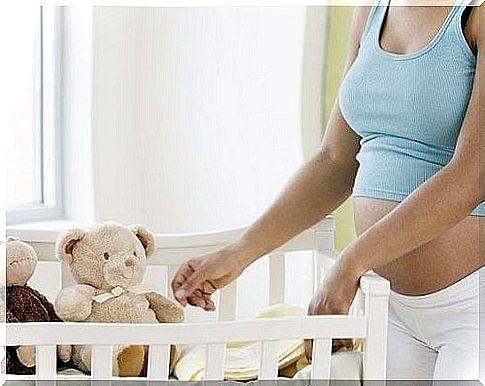
When the baby is small it is important that he sleeps close to mum and dad so that the parents can take care of him and intervene promptly if he is drowning in his drool, vomiting or if he has a fever.
If you want to use monitors to monitor your children, we recommend using wireless models . Perhaps not everyone knows that between 2004 and 2010 the United States Safety Commission received seven reports of children strangling themselves with monitor cables.
Another aspect to consider is the bedding. As we said earlier, the use of pillows should be avoided before the age of two. This is to avoid cases of suffocation. The ideal is to have the baby sleep on a flat mattress and cover him with an adjustable sheet and blanket.
When you put your baby to sleep in the crib, also avoid blankets and soft toys that are too soft.
Today there are cribs that promote skin-to-skin contact with the baby and others that have a design that allows them to be converted into baby furniture (such as a chest of drawers or a desk) when your child no longer needs it.
Modern cribs also meet international safety standards. This is something parents need to consider when using them to sleep their baby. It is also important to observe the way in which the baby sleeps in the crib.
If the baby is small, experts recommend placing him on his back, both when he sleeps at night and when he takes a nap. Also, if he is under a year of age, they recommend that he sleep on his stomach.
